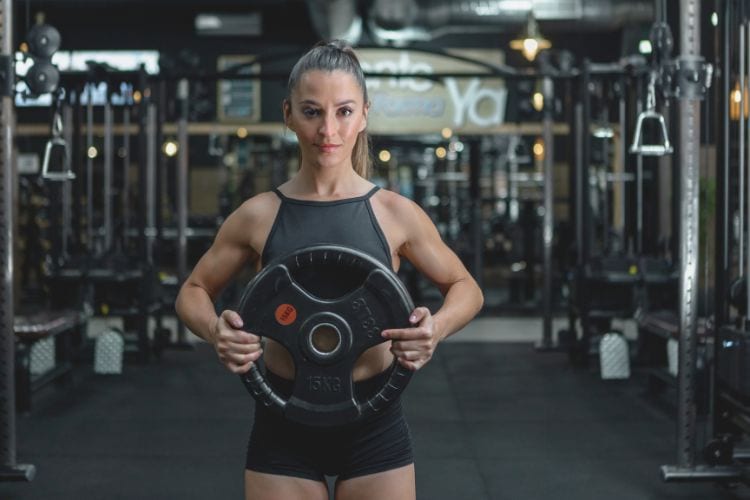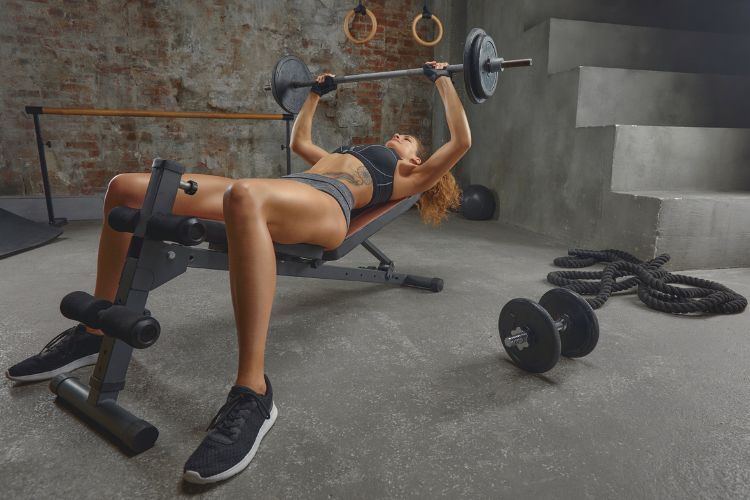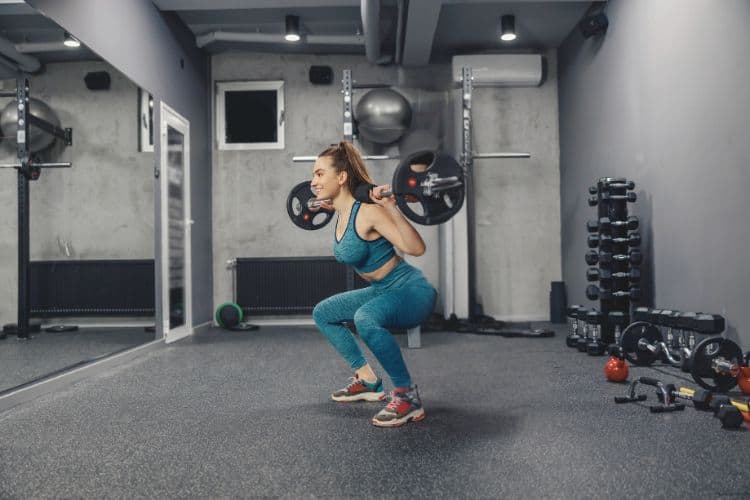Sign up for workout ideas, training advice, reviews of the latest gear and more.






High-Intensity Interval Training (HIIT) has become a go-to for people who want fast, effective fat-burning workouts. But not everyone’s joints can tolerate jump squats, burpees, or sprints. That’s where a 30 minute low-impact HIIT workouts come in—a smarter, joint-friendly variation that’s just as effective for fat loss and cardiovascular fitness.
Low-impact HIIT combines short, intense periods of movement with recovery intervals. However, it swaps out high-impact moves for exercises that are gentler on the knees, hips, and ankles—making it ideal for beginners, seniors, people with injuries, or anyone looking for an efficient, low-stress routine.
Even without jumping, low-impact HIIT keeps your heart rate elevated, allowing you to tap into the afterburn effect (EPOC)—where your body continues to burn calories even after the workout.
No jumping means reduced strain on your knees, ankles, and spine. This makes low-impact HIIT safer and more accessible for people of all fitness levels.
By challenging your aerobic and anaerobic systems, this training improves heart health, lung capacity, and circulatory efficiency.
Low-impact HIIT workouts often include strength-based moves that help tone your muscles, enhance endurance, and increase metabolism.
No need for a gym or heavy equipment. A mat, some light dumbbells or resistance bands, and your bodyweight are enough.
Low-impact HIIT is suitable for:
While most low-impact HIIT workouts require no equipment, you can enhance the challenge with:
A classic 30-minute low-impact HIIT session typically includes:
The goal is to alternate between compound strength exercises and cardio movements that keep your heart rate up without pounding on your joints.
Below is a complete 30-minute low-impact HIIT workout you can do at home.
Spend 60 seconds on each movement to prepare your muscles and increase blood flow.
Perform each move for 40 seconds, rest for 20 seconds. Complete 4 rounds.
Hold each stretch for 30–60 seconds.
Always prioritize proper form to avoid injury. Even in low-impact routines, poor technique can lead to strain.
Do this 30-minute workout 3–5 times per week. Combine it with light walking, stretching, or yoga on rest days.
Use a HIIT timer app (like Seconds, Tabata Timer, or Interval Timer) to keep your intervals consistent and stress-free.
Drink water before, during, and after your workout. Consider a light protein-rich snack if training fasted.
As you get stronger, increase intensity by:
Yes! Low-impact HIIT burns fat, preserves muscle mass, and boosts metabolism, making it excellent for weight loss.
You can build lean muscle, especially if you include strength-based movements and use light weights or resistance bands.
You can burn 200–400 calories in a 30-minute session depending on your body size, effort level, and movement selection.
No. Most low-impact HIIT exercises are bodyweight-friendly. Optional gear like dumbbells or bands can add resistance as you progress.
Absolutely. Low-impact HIIT is beginner-friendly and easily modifiable based on fitness level.
Low-impact HIIT is a versatile, effective, and sustainable way to stay fit, build strength, and improve heart health—all without punishing your joints. Whether you’re a beginner easing into fitness or someone needing a joint-friendly alternative to traditional cardio, this 30-minute routine delivers results.
Ready to get started? Grab your mat, turn on your timer, and sweat smart with low-impact HIIT.
Want more effective workouts?
Subscribe to our blog or follow us on Pinterest for new routines, challenges, and fitness tips!
Stay up to date on the latest women’s health, fitness and lifestyle trends and tips.